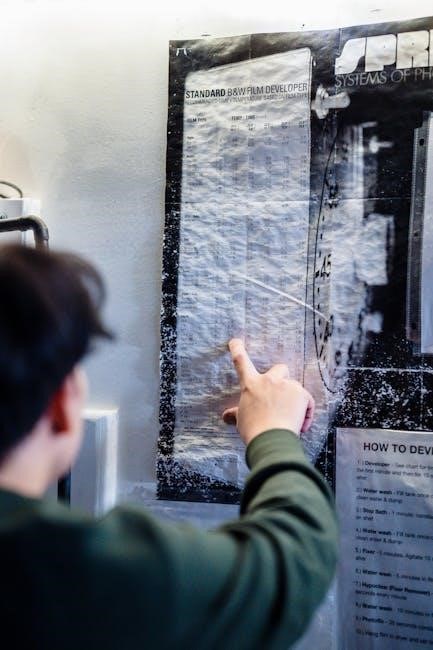A well-fitted jacket enhances both comfort and style, making accurate measurements crucial. This guide provides step-by-step instructions to ensure the perfect fit, covering key measurements and fabric considerations.
1.1 Importance of Proper Jacket Fit
A proper jacket fit is essential for both comfort and style. It ensures the jacket sits well on the body, supporting good posture and allowing freedom of movement. A well-fitted jacket enhances confidence, making you look polished and put-together. Ill-fitting jackets can restrict mobility or appear unflattering, undermining your overall appearance. Investing time in accurate measurements guarantees a jacket that feels tailored to your frame, avoiding costly alterations and ensuring long-term satisfaction with your purchase.
1.2 Brief Overview of Jacket Measurement Process
The jacket measurement process involves taking key body dimensions to determine the best fit; Measurements typically include chest, shoulders, sleeves, waist, and back length. Using a flexible tape measure, each dimension is recorded and compared to a size chart. This ensures accuracy and helps identify the correct size, whether for ready-to-wear or tailored jackets. The process is straightforward but requires precision to avoid errors and achieve a comfortable, flattering fit that aligns with personal style preferences and specific jacket types.
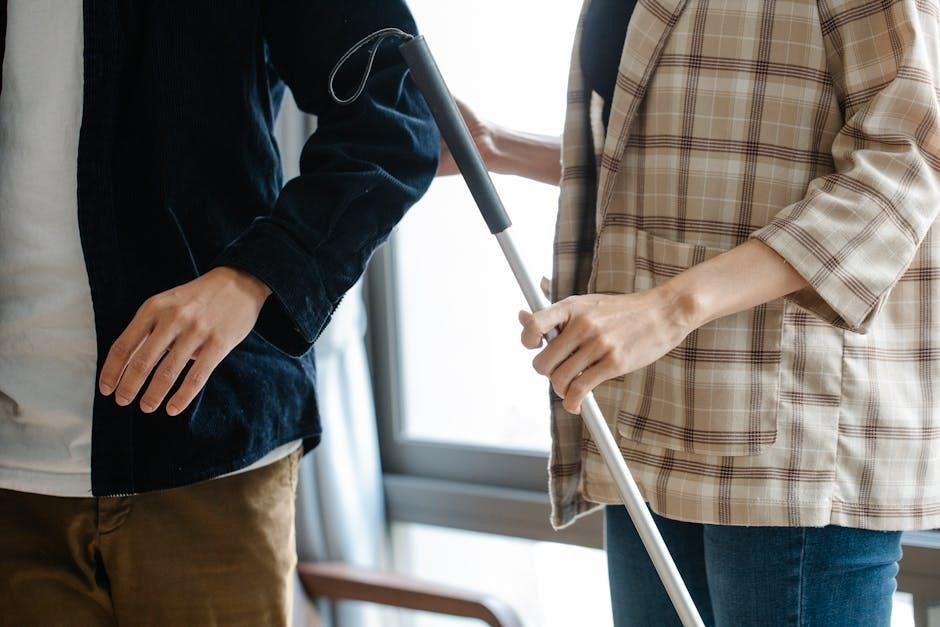
Essential Body Measurements for Jacket Sizing
Accurate body measurements are vital for determining the right jacket size. Key measurements include chest, shoulders, sleeves, waist, and back length, ensuring a perfect and comfortable fit.
2.1 Chest Measurement
The chest measurement is the most critical factor in determining jacket size. To measure accurately, wrap a flexible tape measure around the fullest part of your chest, keeping the tape level and parallel to the floor. Ensure the tape is not too tight or too loose, as this can affect the sizing. This measurement typically corresponds to the jacket’s chest size on a size chart. For slim-fit jackets, there may be a slight reduction in chest allowance, while relaxed fits offer more room. Always compare your measurement to the size chart for an accurate fit.
2.2 Shoulder Measurement
The shoulder measurement is taken from the tip of one shoulder to the tip of the other, across the back. This measurement ensures the jacket fits comfortably and sits properly on the body. To measure accurately, stand upright and relax your shoulders. The tape should be level and follow the natural curve of your shoulders. This measurement is crucial for determining the jacket’s fit across the upper body and ensuring the shoulders align correctly. Accurate shoulder measurements help avoid a jacket that feels too tight or overly loose. Proper alignment enhances both comfort and appearance.
2.3 Sleeve Length Measurement
Sleeve length is measured from the shoulder seam to the cuff, ensuring the jacket fits comfortably. Start at the back of the shoulder, where the seam meets the armhole, and measure down to the desired cuff length. Keep your arm slightly bent and relaxed during measurement. This ensures the sleeve fits naturally, allowing ease of movement. Accurate sleeve length is vital for both comfort and style, as it impacts how the jacket drapes and fits overall. Proper measurement ensures the jacket looks tailored and functions well for daily wear.
2.4 Waist Measurement
The waist measurement is taken at the narrowest point of your torso, typically just above the hipbone. Stand upright and wrap the tape measure snugly around your natural waistline, ensuring it’s parallel to the floor. This measurement is crucial for jackets that are tailored or nipped in at the waist, as it ensures a flattering fit. For accurate results, keep your posture natural and avoid pulling the tape too tight or leaving it too loose. Proper waist measurement ensures comfort and a balanced silhouette in your jacket.
2.5 Back Length Measurement
The back length measurement is taken from the base of the neck at the center back, straight down to the desired jacket length, typically at the waistline or hip. Stand upright and ensure the tape measure is straight and parallel to your spine. This measurement is essential for determining the jacket’s length, ensuring it aligns with your body proportions. For most jackets, the back length ranges from the waist to just below the hip. Accurate measurement ensures the jacket hangs correctly and maintains a balanced appearance.

Understanding Jacket Size Charts
Jacket size charts are based on body measurements, providing a standardized guide to help determine the best fit. They vary by brand and fit type, ensuring accurate size selection.
3.1 Standard Size Charts for Jackets
Standard jacket size charts are designed to help determine the best fit based on body measurements. They typically include chest, waist, and shoulder measurements, ensuring accuracy. Sizing varies by brand and style, so comparing measurements to the chart is essential. Understanding fit types, like slim or relaxed, also aids in selection. Fabric type and stretch can influence sizing, so checking the chart specific to the jacket style is recommended for optimal comfort and appearance.
3.2 Differences Between Slim Fit, Regular Fit, and Relaxed Fit
Slim Fit jackets are tailored closely to the body, offering a modern, streamlined look. Regular Fit provides a classic style with slightly more room, while Relaxed Fit offers a loose, casual design. Slim Fit suits lean builds, Regular Fit is versatile for most body types, and Relaxed Fit is ideal for comfort. Understanding these differences helps choose the right style based on body type and personal preference, ensuring a flattering and comfortable fit.
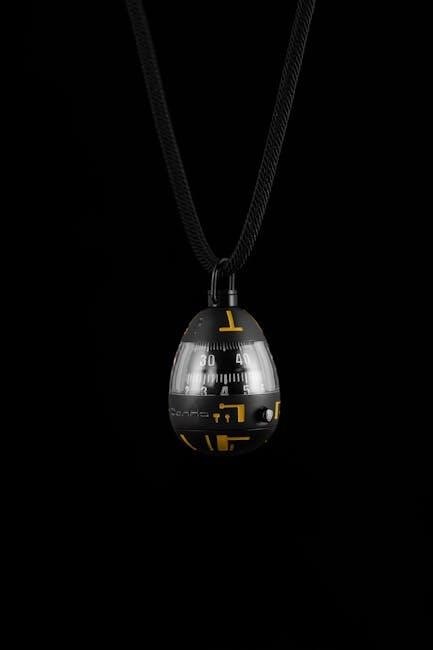
How to Measure Your Jacket
Use a flexible tape measure to accurately determine chest, shoulder, sleeve, waist, and back lengths. Lay the jacket flat, smooth fabrics, and measure consistently for precise sizing.
4.1 Measuring Chest Circumference
To measure chest circumference, wrap the tape measure around the fullest part of your chest, keeping it level and parallel to the floor. Ensure the tape is snug but not tight, with your arms relaxed at your sides. This measurement is crucial for determining the jacket’s fit across the chest and shoulders. For accuracy, smooth any wrinkles in the fabric and maintain a natural posture. Record the measurement carefully, as it directly impacts the comfort and style of the jacket. Proper alignment ensures a precise fit.
4.2 Measuring Shoulder to Shoulder
Measure shoulder to shoulder by placing the tape measure at the tip of one shoulder and extending it across the back to the tip of the other shoulder. Stand straight with relaxed shoulders and keep the tape level and parallel to the floor. This measurement determines the jacket’s fit across the shoulders. Ensure the tape is snug but not tight, avoiding any slack or pressure. Accurate shoulder measurements are essential for a balanced fit, preventing the jacket from being too tight or too loose in this area.
4.3 Measuring Sleeve Length from Shoulder to Cuff
Measure sleeve length from the tip of the shoulder to the desired cuff length. Stand straight with arms slightly bent at your sides. Place the tape measure at the shoulder tip, extend it down the arm, and stop at the cuff. Ensure the tape is snug but not tight, avoiding any slack. Accurate sleeve length ensures comfort and proper fit. Incorrect measurements can result in sleeves that are too short or too long, affecting overall comfort and style. Precise measurement guarantees the perfect fit for your jacket.
4.4 Measuring Waist Circumference
To measure waist circumference, wrap the tape measure around the narrowest part of your torso, typically just above the hipbone. Ensure the tape is level and snug but not tight. Stand upright and relax your stance to get an accurate reading. This measurement is crucial for determining how the jacket will fit around your midsection. Incorrect measurements can lead to a jacket that is either too tight or too loose, affecting both comfort and style. Accurate waist measurement ensures a tailored fit and optimal comfort. Proper alignment is key for precise results.
4.5 Measuring Back Length
To measure back length, locate the base of your neck at the spine and measure down to the desired jacket length. Use a flexible tape measure and stand straight. This measurement determines how the jacket sits on your torso. Ensure the tape is parallel to the floor and not twisted. Accurate back length ensures the jacket fits properly, neither too short nor too long. This measurement is vital for maintaining balance in the jacket’s design and ensuring a flattering fit. Proper posture during measurement is essential for accuracy.

Converting Body Measurements to Jacket Size
Compare your body measurements to a size chart to determine your jacket size. Use online tools or calculators for precise conversions, ensuring the best fit.
5.1 Using a Size Chart to Determine Your Jacket Size
Align your body measurements with a size chart to find your ideal jacket size. Start by matching your chest measurement to the chart, as it’s the primary factor. Consider your shoulder and sleeve measurements to ensure accuracy. Slim-fit, regular-fit, and relaxed-fit options vary, so choose based on your preference. Fabric type may also affect sizing, with stretch fabrics offering more flexibility. Double-check the chart’s specifications to ensure a precise match, and consider tailoring for adjustments if needed.
5.2 Adjustments for Different Fit Types
Different fit types require specific adjustments. Slim-fit jackets need precise measurements with minimal ease, while relaxed-fit styles allow for more room. Regular-fit jackets balance comfort and style. Adjustments may include adding or subtracting ease to measurements based on the desired fit. Fabric type also influences adjustments, as stretch fabrics offer flexibility. Tailoring can refine the fit further, ensuring optimal comfort and aesthetics. Understanding these adjustments ensures your jacket aligns with your personal style and comfort preferences, whether you prefer a tailored or casual look.
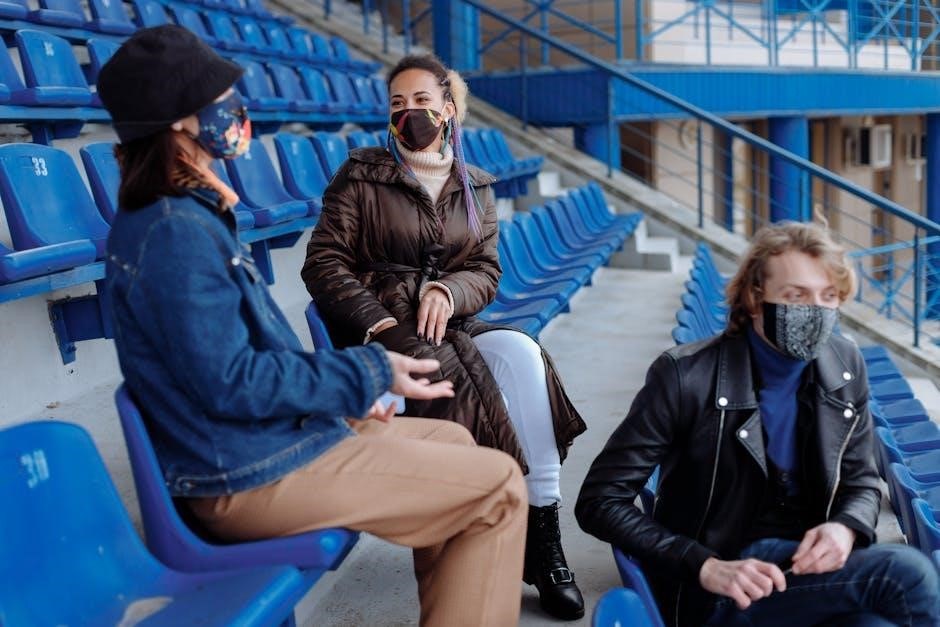
Additional Measurements for a Perfect Fit
Achieving a tailored fit requires more than just chest and shoulder measurements. Additional measurements, such as arm circumference, hem length, and neck circumference, ensure precision and comfort.
6.1 Measuring Arm Circumference
Measuring arm circumference ensures sleeves fit comfortably. Wrap a tape measure around the bicep at its widest point, keeping the arm slightly bent. This measurement helps determine sleeve length and comfort, ensuring the jacket allows proper movement without being restrictive. Accurate arm circumference is crucial for a tailored fit, especially for styles like suit jackets or leather jackets. Record this measurement carefully to match it with size charts for the best results.
6;2 Measuring Hem Length
Measuring hem length ensures the jacket’s bottom aligns with your preference. To measure, stand straight and place the tape measure at the center back of your natural waistline. Extend it down to the desired hemline, typically just above the hip or mid-thigh for most styles. This measurement varies by jacket type, with parkas often longer and blazers shorter. For accuracy, use a mirror or ask for assistance to ensure the tape stays level and straight, providing a precise fit tailored to your body and style preferences.
6.3 Measuring Neck Circumference
Measuring neck circumference is essential for jackets with a fitted collar. To measure accurately, place the tape around the base of your neck, keeping it level and snug but not tight. The tape should sit where the collar would naturally rest. Ensure the measurement is taken with your head held straight and shoulders relaxed. This helps determine the collar size, ensuring comfort and proper fit without constriction. For non-collared jackets, this step may not be necessary, but it’s crucial for tailored or formal styles with defined necklines.

Understanding Fabric and Its Impact on Fit
Fabric type significantly affects jacket fit. Stretch fabrics offer flexibility, while non-stretch fabrics provide structure. Choosing the right fabric ensures comfort and maintains the desired silhouette.
7.1 Stretch Fabrics and Their Effect on Sizing
Stretch fabrics, like elastane or spandex blends, offer flexibility and comfort. These materials allow for a snug fit without restricting movement, making jackets more versatile. When measuring for stretch fabrics, consider the fabric’s recovery rate. A jacket with high stretch may require slightly smaller sizes for a tailored look. However, too much stretch can lead to a loose fit over time. Balancing stretch and structure ensures optimal sizing and durability.
7.2 Non-Stretch Fabrics and Their Fit Characteristics
Non-stretch fabrics, such as wool or cotton, lack elasticity, making precise measurements essential for a proper fit. These fabrics maintain their shape and provide a structured appearance. When working with non-stretch materials, it’s crucial to follow size charts closely, as they won’t adapt to the body like stretch fabrics. Ensure accurate chest, shoulder, and sleeve measurements for comfort and style. Unlike stretch fabrics, non-stretch materials won’t relax over time, so tailored fit is key to avoiding a restrictive or overly tight jacket.
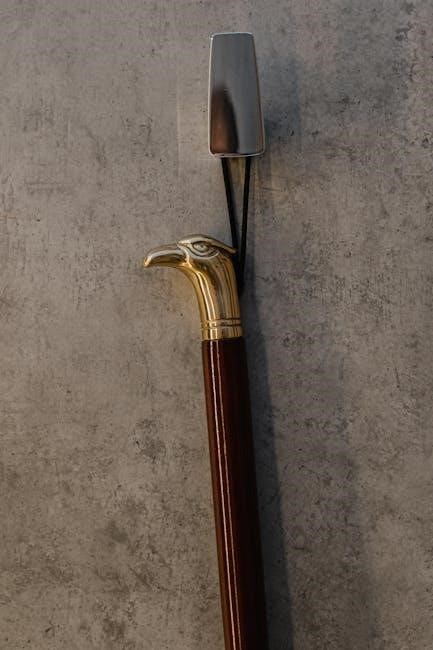
Tailoring and Alterations
Tailoring ensures a perfect fit, especially when between sizes. Common alterations include sleeve shortening and shoulder adjustments for optimal comfort and style.
8.1 When Tailoring is Necessary
Tailoring is essential when off-the-rack jackets don’t fit perfectly. This often occurs when measurements fall between sizes or when a precise fit is desired. Common alterations include shortening sleeves, adjusting shoulders, or narrowing the chest. Tailoring ensures the jacket meets individual needs, enhancing both comfort and style. It’s particularly useful for unique body types or specific fabric requirements, such as stretch materials that may require different sizing approaches. Proper tailoring transforms a standard jacket into a bespoke piece, ensuring a flawless fit.
8.2 Common Alterations for a Better Fit
Common alterations for a better fit include taking in seams for a slimmer silhouette, shortening or lengthening sleeves, and adjusting shoulder pads. Hemming pants or jacket hems to the perfect length is another frequent adjustment. Additionally, darts or tucks may be added to enhance shape. For non-stretch fabrics, precise tailoring is crucial to maintain comfort. These tweaks ensure a tailored look, addressing fit issues and personal style preferences. Consulting a professional tailor guarantees the best results for a polished, custom-fit jacket;

Common Mistakes in Jacket Measurement
Common errors include using incorrect techniques, neglecting fabric stretch, and ignoring personal fit preferences. Always use a flexible tape measure and double-check measurements for accuracy.
9.1 Incorrect Measuring Techniques
Incorrect measuring techniques are a common issue when determining jacket size. Many individuals fail to use a flexible tape measure or neglect to keep the tape level, leading to inaccurate results. Additionally, some people measure over clothing that is too thick or bulky, which can distort the numbers. Others may not account for fabric stretch or shrinkage, especially with materials like wool or denim. It’s also important to avoid slouching or pulling the tape too tight, as this can skew the measurements. Always ensure the tape measure is snug but not constricting for accurate results. Proper technique is essential to achieving the right fit.
9.2 Ignoring Fit Preferences
Ignoring personal fit preferences is a common mistake that can lead to discomfort and an unflattering appearance. Everyone has unique preferences regarding how tight or loose they want their jacket to feel. Some prefer a slim fit for a modern look, while others opt for a relaxed fit for comfort. Failing to consider these preferences can result in a jacket that feels restrictive or overly bulky. Additionally, ignoring fit preferences can make alterations more costly and time-consuming. Always prioritize your comfort and style goals when selecting a jacket size to ensure satisfaction with the final fit.
Measuring for Different Jacket Styles
Various jacket styles require tailored measurement approaches to ensure the best fit. Understanding these differences is key to achieving a perfect, style-specific jacket measurement.
10.1 Blazers and Suit Jackets
Blazers and suit jackets require precise measurements for a professional fit. Measure chest circumference at the fullest point, ensuring the tape is level. Shoulder measurement should span from one shoulder tip to the other, following the natural curve. Sleeve length is measured from the back of the neck to the cuff, ensuring accuracy. Compare these measurements to a size chart and consider the finished garment measurements. Tailoring may be necessary for a perfect fit, especially if you’re between sizes or prefer a specific style. Always double-check measurements for accuracy.
10.2 Leather Jackets
Leather jackets require precise measurements due to their non-stretch material. Measure chest circumference at the fullest point, ensuring the tape is level. Shoulder measurement should span from one shoulder tip to the other, following the natural curve. Sleeve length is measured from the back of the neck to the cuff, ensuring accuracy. Compare these measurements to a size chart and consider the finished garment measurements. Tailoring may be necessary for a perfect fit, especially if you’re between sizes or prefer a specific style. Always double-check measurements for accuracy.
10.3 Parkas and Winter Jackets
Measuring for parkas and winter jackets involves focusing on chest, shoulder, and sleeve length. Chest measurement should account for layering, while shoulder-to-shoulder span ensures proper fit. Sleeve length is measured from the back of the neck to the cuff. Back length is crucial for coverage, especially in longer styles. Consider the hood size and adjustable features like cuffs and hem. Compare measurements to size charts, and adjust for bulkier fabrics. Proper fit ensures both warmth and mobility, making precise measurements essential for comfort and functionality.
Using Online Tools and Resources
Online tools like jacket size calculators and video guides simplify the measuring process, ensuring accurate fit and ease of use for everyone.
11.1 Jacket Size Calculators
Jacket size calculators are online tools designed to determine your perfect jacket size based on body measurements. Simply input your chest, shoulder, and sleeve measurements, and the calculator provides a recommended size. These tools often include video guides for accurate measuring techniques. They are especially useful for avoiding sizing errors and ensuring a flattering fit. Many calculators cater to different jacket styles, such as blazers, leather jackets, and winter coats, offering tailored recommendations for each type. This makes shopping online or in-store much easier and more reliable.
11.2 Video Guides for Measuring
Video guides provide visual step-by-step instructions for measuring jacket sizes accurately. They demonstrate how to measure chest, shoulders, and sleeve lengths, ensuring precise results. These guides often include tips for comparing measurements to size charts and highlight common mistakes to avoid. Many platforms offer video tutorials tailored to specific jacket styles, such as blazers or leather jackets, making the process easier and more reliable. Watching these guides helps users achieve accurate measurements and a flattering fit, especially when shopping online or in-store.
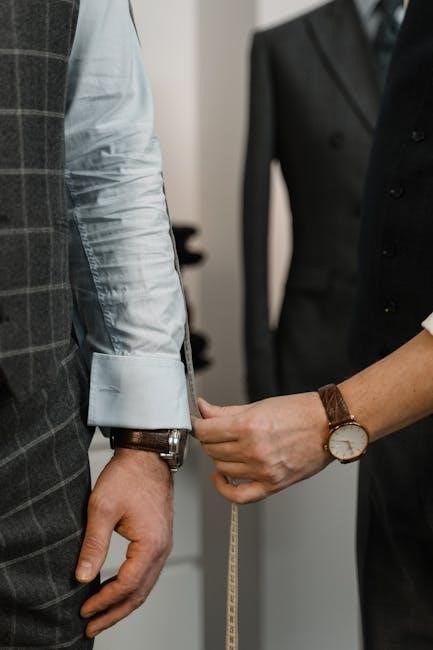
Step-by-Step Measurement Guide
Use a flexible tape measure to take precise body measurements. Measure chest, shoulders, sleeve length, waist, and back. Compare these to a size chart for accuracy.
12.1 Preparing for Measurements
To ensure accurate results, wear a thin, fitted shirt or no shirt at all. Stand upright with arms relaxed by your sides. Use a flexible tape measure, not a ruler. Ensure the tape is level and not too tight or loose. Gather a mirror for visibility and a notebook to record measurements. Double-check the tape measure’s accuracy before starting. Proper preparation will help you achieve precise measurements for the best jacket fit.
12.2 Taking Each Measurement Accurately
Stand straight and maintain good posture during measurements. Use a mirror to ensure the tape measure is level and properly aligned. Measure each area twice to confirm accuracy. For chest and waist, breathe naturally and avoid pulling the tape too tight or loose. When measuring sleeves, keep your arm slightly bent for comfort. Record each measurement carefully, ensuring no numbers are mixed up. Avoid slouching or twisting, as this can distort results. Precision is key for a perfect fit.
12.3 Recording and Comparing Measurements
Accurately record each measurement, ensuring clarity and legibility. Compare these measurements to a size chart to determine the best fit. Double-check measurements to avoid errors. If measurements fall between sizes, consider tailoring options or personal fit preferences. Use online size calculators for additional guidance. Keep measurements organized for future reference. This step ensures a precise fit, making the process efficient and stress-free. Proper recording and comparison are essential for achieving the desired jacket size and style.
A well-fitted jacket enhances confidence and style. Accurate measurements ensure comfort and aesthetics. Compare measurements to size charts and consider tailoring for perfection. A perfect fit is achievable with careful planning and attention to detail.
13.1 Recap of Key Measurement Tips
To ensure a perfect fit, take precise body measurements, including chest, shoulders, and sleeve length. Use a flexible tape measure and keep it level. Compare your measurements to size charts and consider fabric stretch. For tailored styles, double-check back length and waist. Don’t hesitate to seek professional tailoring if needed. Accurate measurements lead to a jacket that looks and feels its best, ensuring comfort and style.
13.2 Final Thoughts on Achieving the Perfect Fit
Achieving the perfect fit requires attention to detail and understanding your body measurements. By following the guide, you ensure comfort and style. Remember, proper fit enhances both appearance and confidence. Tailoring adjustments can refine your jacket further, ensuring it complements your physique. Invest time in accurate measurements and consider fabric types for optimal results. A well-fitted jacket is not just clothing; it’s a statement of personal style and sophistication.

